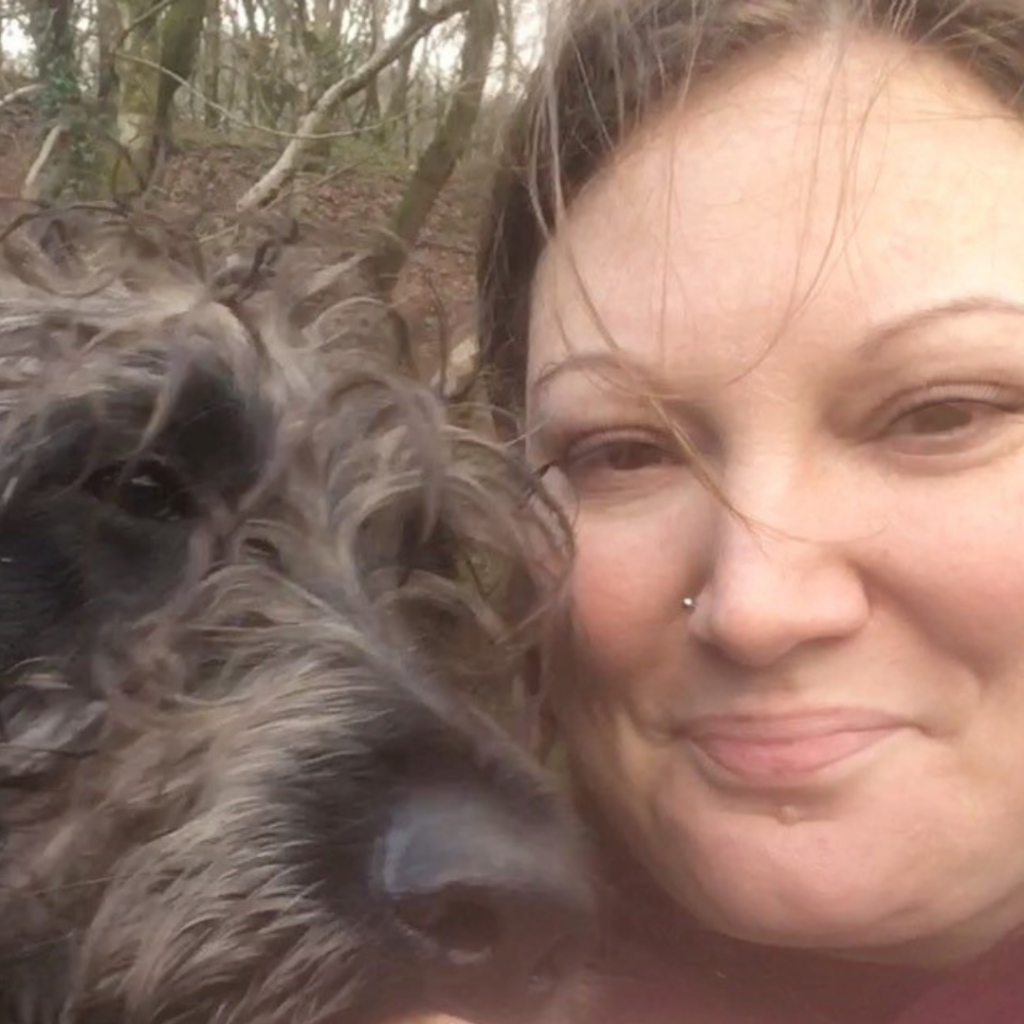Tip Three From the Expert: Falling in Love
From the series 10 Tips on How to Form a Lifelong Bond with your Dog
Of course you’ll like your puppy straight away – we’re biologically programmed to like baby things. But you’ll fall in love over time, as you get to know them and as they get to know you. Sometimes this is taken for granted, but let’s take a minute to think about how remarkable this is.
Two completely different species have co-evolved over thousands of years to live together and love each other.
But here’s the thing
When women give birth they get a huge rush of a hormone called oxytocin. This hormone gives the mother the overwhelming feeling of love that ensures the survival of the human species and as my personal hero Dr Emily Blackwell pointed out in a workshop few people would give birth again without it!
This biological process is what we refer to as ‘attachment’. The bond between dogs and humans is such that we both experience an increase in oxytocin after a cuddle1, even a gaze2, and this never ceases to amaze me.

The four measures of attachment
There are four main measures of attachment between children and parents and, incredibly, recent studies found that dogs show all of them.3
Dogs show a strong emotional bond to their owners, paying more attention to them than to strangers, trying to maintain closeness with them where possible and showing distress when separated from them. Owners are a dog’s ‘safe haven’, indicating safety in a threatening situation and they also act as a ‘secure base’ from which dogs feel safe to explore the world and play. Dogs are the only species to bond with humans in this way. That’s why veterinarian, dog trainer and behaviourist, Dr Ian Dunbar, compares looking to wolves for insights into dog behaviour to asking chimpanzees for parenting advice.
So do notice and appreciate these things. Most people will only fall in love with a handful of dogs in their lifetime. I truly believe that when you create a species that is so dependent on you for their wellbeing – both physically and emotionally – we have a huge responsibility to look after them to the very best of our ability and that’s why I love my behaviour work so much.
Look out for Tip Four published next Friday, which discusses how you and your dog learn from each other.
Further Reading
Measuring Attachments between Dogs and their Owners
Current perspectives on attachment and bonding in the dog–human dyad

Rachel Leather – Animal Behaviourist
For the last 12 years, Rachel has been helping others understand and manage the behaviour of dogs, cats and horses. After studying Psychology at Cardiff University, she went on to complete her Masters degree in animal behaviour at the University of Exeter. Rachel then ran a degree programme in Applied Animal Behaviour, teaching others the knowledge requirements to become a behaviourist, and set up a referral clinic to enable her students to gain practical experience of behaviour consultations. She enjoyed this so much that, although no longer lecturing, continues to see behaviour cases on referral from vets and runs CPD classes for vets and other professionals.
You can discover more about Rachel’s professional work here.
To discover more about the series please click here.
Sources
- Odendaal, JSJ & Meintjes, RA (2003) Neurophysiological correlates of affiliative behaviour between humans and dogs. The Veterinary Journal (165) 296-301. Available here.
- Nagasawa, M, Kikusui, T, Onaka, T & Ohta, M. (2009) Dog’s gaze at it’s owner increases urinary oxytocin in it’s owner during social interaction. Hormones and Behaviour (55) 434-441. Available here.
- Payne, E, DeAraugo, J, Bennett, P & McGreevy, P (2016). Exploring the existence and potential underpinnings of dog-human and horse-human attachment bonds. Behavioural Processes (125) 114-121. Available here.